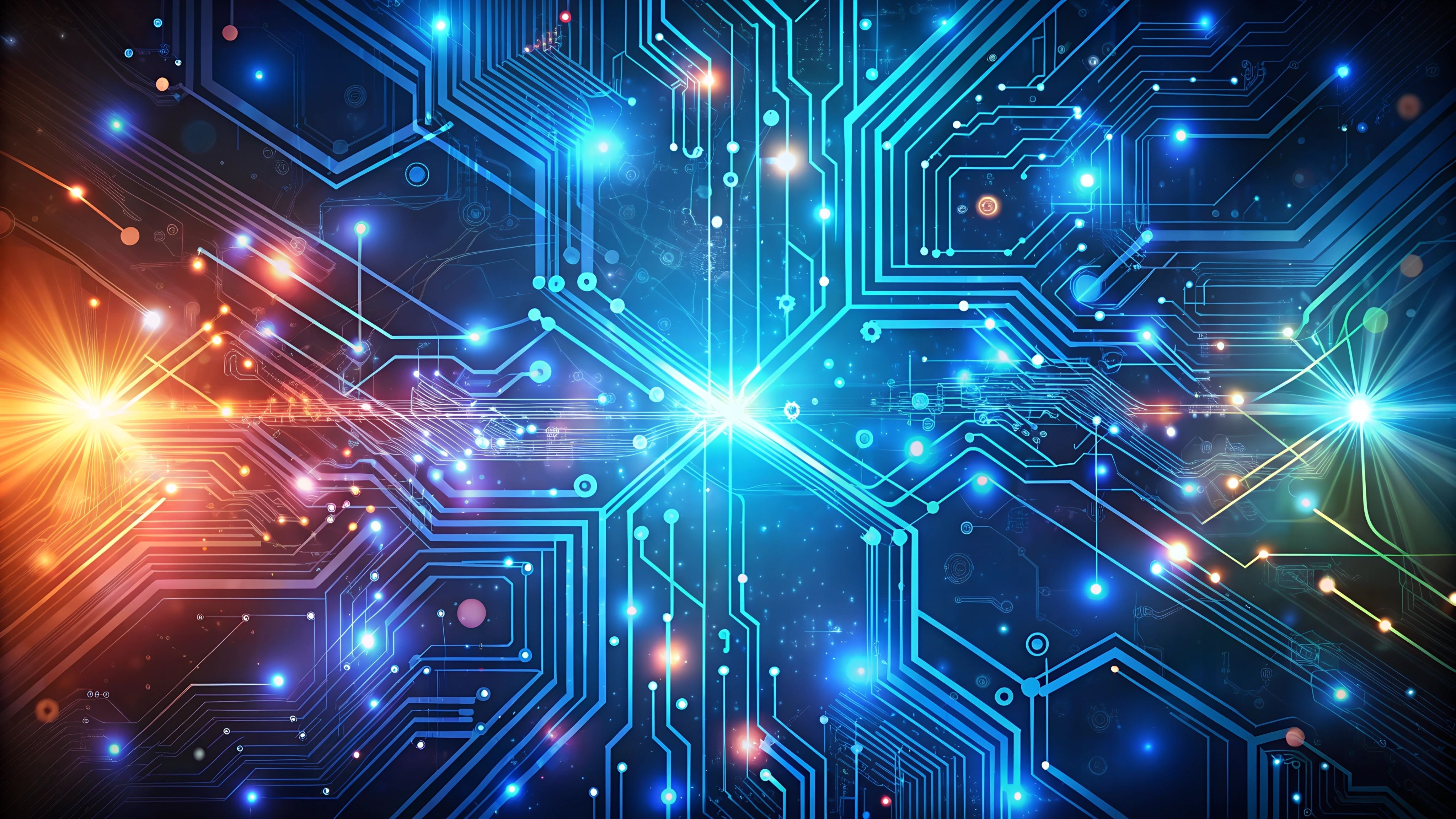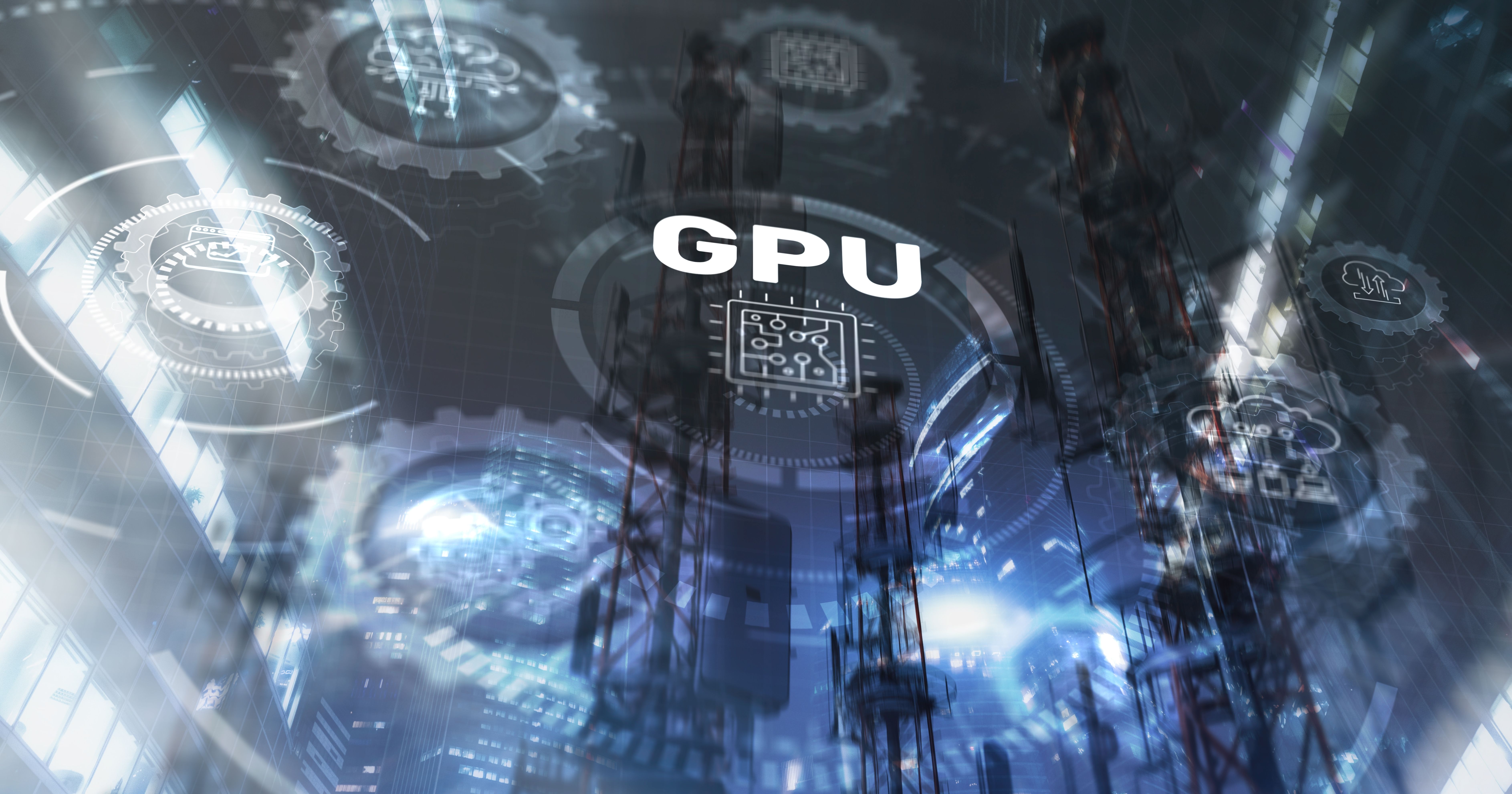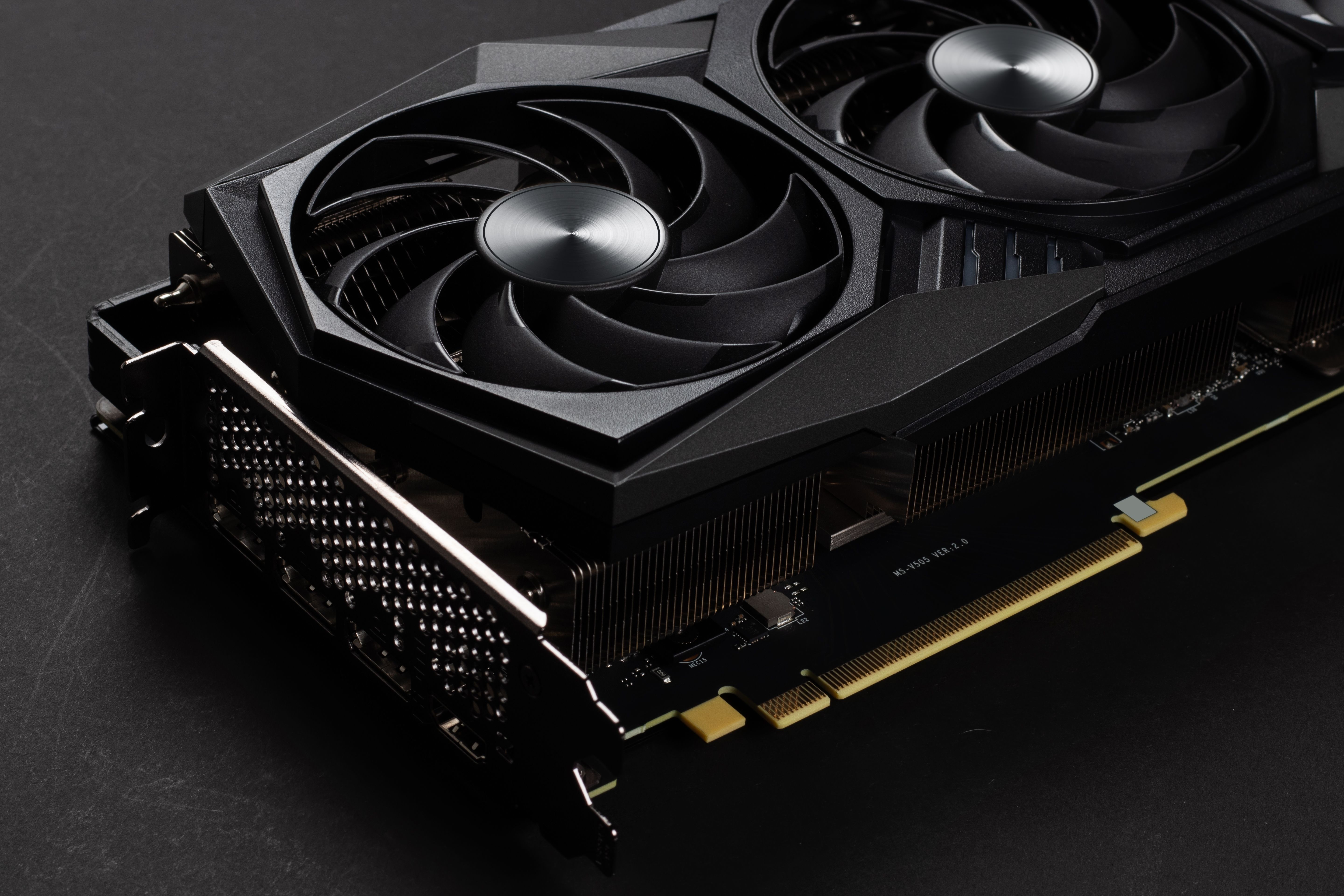NVIDIA H100 vs. A100: A Detailed GPU Performance Comparison

Introduction to NVIDIA GPUs
As artificial intelligence (AI) and high-performance computing (HPC) continue to drive technological advancements, GPUs have become a crucial component of modern computing. NVIDIA, a leader in the GPU market, has developed cutting-edge hardware solutions designed to handle complex computational workloads with speed and efficiency.
Two of NVIDIA’s most powerful GPUs, the A100 and H100, are widely used in AI training, deep learning, and large-scale data processing. While both GPUs are highly capable, their architectural differences and performance optimizations make them suited for different applications and industries. This article provides an in-depth comparison of their architectures, performance metrics, and real-world applications to help businesses and developers make informed decisions.
Background: NVIDIA A100 and H100
What Sets These GPUs Apart?
- NVIDIA A100 (2020) – Built on the Ampere architecture, the A100 was designed for machine learning, AI analytics, and HPC. It introduced third-generation Tensor Cores and provided a significant leap in computing power compared to previous generations.
- NVIDIA H100 (2022, updated 2024) – Based on the Hopper architecture, the H100 is optimized for large-scale AI workloads, transformer-based neural networks, and large language models (LLMs). It features fourth-generation Tensor Cores and advanced memory bandwidth improvements.
While the A100 remains a powerful AI GPU, the H100 offers greater efficiency and acceleration, particularly in workloads involving deep learning, natural language processing (NLP), and scientific simulations.
Comparative Analysis of Architecture
What Are the Architectural Differences Between Ampere and Hopper?
| Feature | NVIDIA A100 (Ampere) | NVIDIA H100 (Hopper) |
| Graphics Processing Clusters (GPCs) | 7 | 8 |
| Texture Processing Clusters (TPCs) | 28 | 32 |
| Streaming Multiprocessors (SMs) | 108 | 80 (but more powerful) |
- The H100 features an additional GPC and more TPCs, allowing it to distribute workloads more efficiently.
- The H100 has fewer but more powerful SMs, meaning it can execute more tasks per cycle, increasing processing efficiency.
These architectural improvements translate into better AI acceleration, faster inference times, and improved HPC performance.
Tensor Cores: Third-Generation vs. Fourth-Generation
What Improvements Do Fourth-Generation Tensor Cores Offer?
The H100’s fourth-generation Tensor Cores bring significant advancements over the A100’s third-generation Tensor Cores, including:
- Support for FP8 precision, which accelerates training and inference by reducing memory requirements while maintaining accuracy.
- Structured sparsity, which allows GPUs to process twice the number of operations per clock cycle compared to the A100.
- Enhanced AI matrix operations, making the H100 better suited for deep learning models and LLMs.
These improvements double AI processing speeds, making the H100 more efficient for large-scale neural network training.
Precision and Performance
How Does FP8 Precision Enhance H100’s Performance?
FP8 (8-bit floating-point precision) allows the H100 to:
- Optimize memory usage, enabling larger models to fit into GPU memory.
- Speed up deep learning training, reducing training times for models like GPT-4, BERT, and Stable Diffusion.
- Improve inference efficiency, making it ideal for real-time AI applications such as chatbots, medical diagnostics, and financial modeling.
Efficiency in High-Performance Computing (HPC) Tasks
How Does the H100’s Thread Block Cluster Improve Performance?
The H100 introduces a new Thread Block Cluster feature, which enhances workload distribution in HPC environments:
- Improved parallelism – It allows tasks to be processed concurrently, maximizing the efficiency of AI models.
- Better resource allocation – Reduces memory bottlenecks by distributing workloads more evenly across compute cores.
This makes the H100 an ideal choice for massive-scale simulations and AI training models.
How Do Dynamic Programming Accelerators Boost Efficiency?
Dynamic Programming Accelerators (DPAs) in the H100 speed up algorithmic calculations by up to 7x compared to the A100.
- Ideal for graph analytics and optimization problems in genomics, logistics, and finance.
- Enhances decision-making AI models used in self-driving cars, robotics, and predictive analytics.
These features make the H100 superior in large-scale computing and research applications.
Memory Bandwidth and Capacity
What Advantages Does HBM3 Memory Give to the H100?
| Feature | A100 (HBM2e) | H100 (HBM3) |
| Memory Bandwidth | 1.6 TB/s | 3.35 TB/s |
| Max Memory Capacity | 80GB | 80GB |
- HBM3 provides more than double the bandwidth of HBM2e, leading to faster data access and lower latency.
- Enables larger AI models to be trained without frequent memory swaps, increasing efficiency.
This is especially beneficial for deep learning and big data workloads.
Training and Inference Capabilities
How Does the H100 Enhance GPT-3 and LLM Performance?
The H100’s optimized AI cores and FP8 precision make it ideal for training and deploying Large Language Models (LLMs) like GPT-4, PaLM, and Megatron-Turing.
- Faster training speeds – Reduces the time required to train massive AI models by 2-3x compared to the A100.
- Better inference optimization – Enables real-time NLP, AI chatbots, and language translation with 10-20x improved performance.
For businesses deploying AI-driven services, the H100 is the go-to GPU for high-efficiency AI workloads.
Energy Consumption and Efficiency
How Much Power Does the H100 Consume Compared to the A100?
- The H100 consumes 30% less power while delivering higher performance.
- Improved cooling efficiency reduces operational costs over time.
This makes the H100 more energy-efficient for data centers looking to lower electricity consumption.
Conclusion: Choosing Between the H100 and A100
Which GPU Is Best for Your Workload?
Choose the H100 if you need:
- Faster AI training and inference.
- High-memory bandwidth for big data applications.
- Optimized performance for LLMs and deep learning models.
Choose the A100 if you need:
- A cost-effective AI GPU for smaller workloads.
- Machine learning, data analytics, and NLP at a lower price point.



